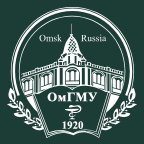Introduction
Omsk State Medical Academy is one of the oldest universities in Siberia. It focuses on medical education and research, provides multi-level medical education from undergraduate to doctoral level, and is committed to cultivating professionals in the medical field.
Overview
Student size: The school graduates more than 8,500 students each year, and has trained a large number of medical professionals for Russia and other countries.
Faculty: The school has 122 professors and doctors of science, 343 associate doctors, and 5 honorary scientists of the Russian Federation, 3 honorary figures of Russian higher education, 13 honorary doctors of the Russian Federation, etc.
History and establishment time
The school was founded in 1920. It was formerly the medical department of the Siberian Institute of Veterinary and Zoological Sciences, and enrolled 186 students at that time. In 1921, it was renamed the West Siberian State Medical College, and in 1924 it was renamed the Omsk State Medical College. In 1994, it was granted the status of a state medical academy, in 2011 the Omsk Medical College was incorporated, and in 2015 it was designated as a university.
School Strength
Teaching Achievements: The school has trained more than 35,000 doctors, and its graduates are spread across all regions of Russia and the CIS and non-CIS countries. It has performed well in the number of employer-sponsored students, accounting for % of the total number of state-sponsored students. 45.4%.
Research Strength: The school has research institutions such as the Central Research Laboratory, and has achieved remarkable results in the field of medical research, making important contributions to the development of medical science. Its research results also have a certain influence internationally.
International Cooperation: The school actively carries out international cooperation and exchanges, and has established cooperative relations with universities and research institutions in many countries, providing students with broad international exchange opportunities and promoting the international development of medical education and research.
Institutional Nature
Public non-profit higher education institution.
Educational Philosophy
Focus on cultivating students' medical professional knowledge and practical skills, emphasizing the combination of theory and practice, and allowing students to consolidate their knowledge in practice through clinical internships, experimental courses, etc., and improve their ability to solve practical medical problems. At the same time, we focus on cultivating students' medical research capabilities and innovative thinking, encourage students to participate in scientific research projects, and promote the continuous development of medical science.
Key laboratories and disciplines
Key laboratories: The school has scientific research institutions such as the Central Research Laboratory, which provides an important platform for medical research.
Key disciplines: The school has strong teaching and research strength in disciplines such as medicine, pharmacy, and preventive medicine. Among them, general medicine, pediatrics, stomatology, preventive medicine, and pharmacy are the school's key disciplines.
Faculty
The school has faculties such as the Faculty of General Medicine, the Faculty of Pediatrics, the Faculty of Stomatology, the Faculty of Preventive Medicine, and the Faculty of Pharmacy, covering multiple professional directions in the field of medicine.
Ranking
Ranked 190th in Russia and 5388th in the world.
Expenses
No clear tuition and other fee standards have been found. The specific fees may vary depending on factors such as majors and academic levels.
Campus
Teaching facilities: The school has 6 teaching buildings and also organizes the teaching process with the help of 33 clinics of leading medical institutions in Omsk City and Omsk Oblast. These clinics are equipped with modern diagnostic and treatment facilities. The school library has a collection of about 600,000 books and an electronic reading room. It can access Internet resources and has joined relevant library alliances and projects to facilitate students to obtain more academic literature.
Living facilities: No detailed introduction to the school's living facilities was found, but as a large medical university, it usually provides students with corresponding living facilities to meet their daily needs.
-

Peter the Great St.Petersburg Polytechnic University
-
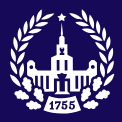
Moscow State University M. V. Lomonosov
-
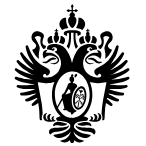
St. Petersburg State University
-
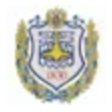
Bauman Moscow State Technical University
-

Tomsk State University
-

Peoples' Friendship University of Russia
-

Don State Technical University
-

Moscow Institute of Physics and Technology
-
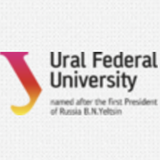
Ural Federal University
-

Kazan Federal University
-

Mesoamerican University
-

Istmo University
-

Mariano Galvez University of Guatemala
-

Regional University of Guatemala
-

Galileo University
-

Francisco Marroquín University
-

Rafael Landívar University
-

University of the Valley of Guatemala
-

University of San Carlos of Guatemala
-

Technological Institute of Tlaxcala Plateau
-

Golfo University
-

Technological University of South Sonora
-

Technological University of Huejotzingo
-

Tizimín Institute of Technology
-

Chilpancingo Institute of Technology

